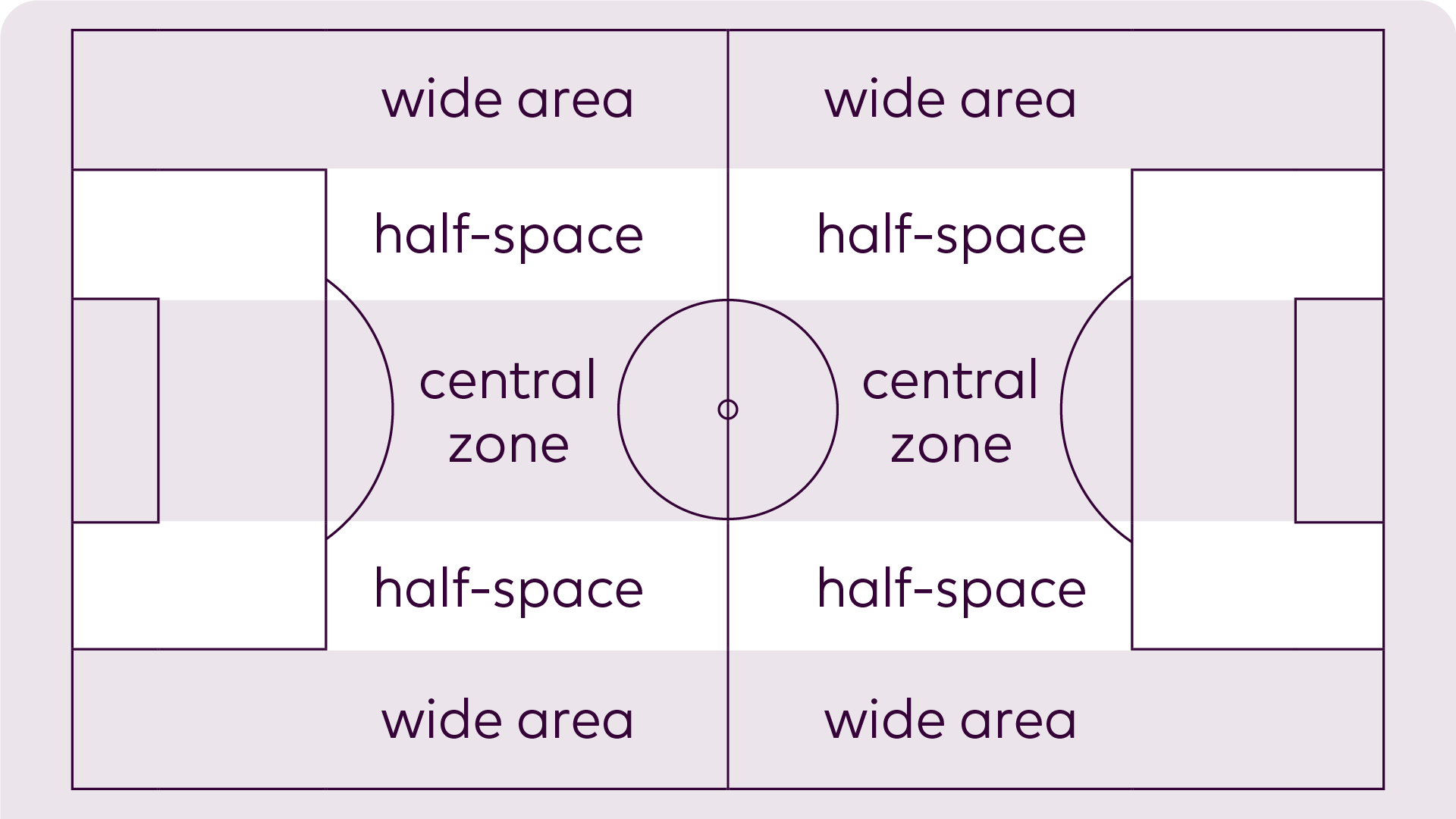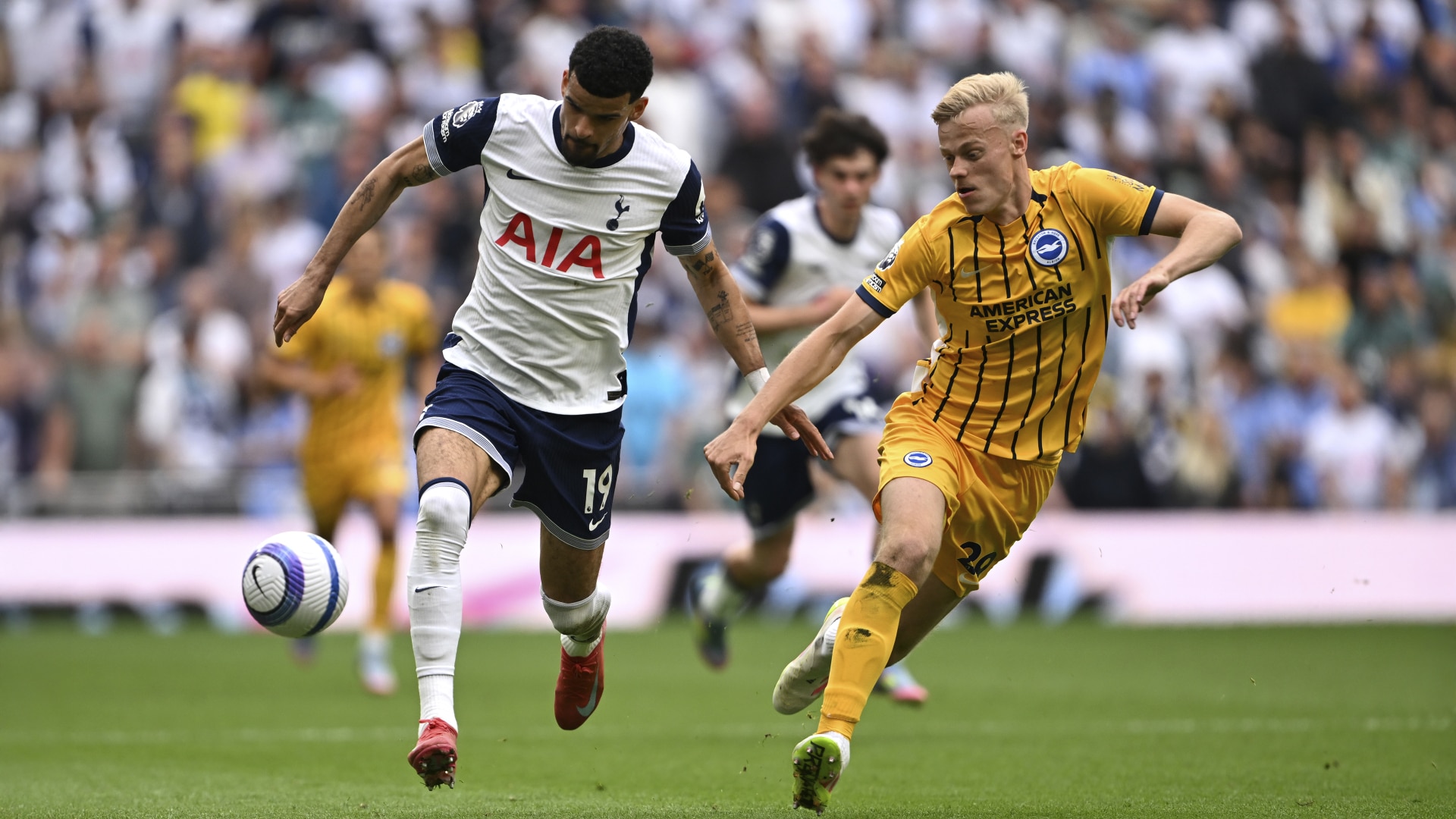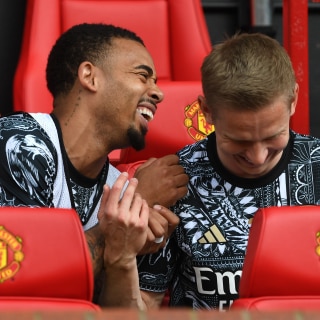
Today, I am focusing on English for players and want to talk about some more advanced football English that you can use to talk about tactics. This language will be useful for players who want to understand tactical terminology and who want to be able to read and discuss match reports.

Aaron Cresswell leaves the pitch after being substituted off during the match between West Ham United and Nottingham Forest.
The challenging language from the description of fluid formations and positional play is:
- Rigid formation
- Seamless transitions
- Specific zones
- Dropping deep
- Drifting wide (floating wide)
- Overloads
Rigid formation
A rigid formation is one where players stick very strictly to their positions and don’t move around much. If something is rigid, it is hard and can’t bend. Things made out of steel and concrete are normally rigid. If something can bend and change shape a bit, it is flexible. If something can change shape completely, then you can describe it as fluid which means it’s like water and can change shape easily.
A rigid formation can help a team stay organised and solid in defence. If players can hold their defensive shape, that is normally a good thing, but it might make them less flexible or creative going forward. If a team is too rigid, it can be easy for the opposition to predict what they’re going to do. Sometimes being too rigid can make it hard to adapt when the game changes.
Seamless transitions
Seamless transitions are when a team moves smoothly from one phase of play to another – for example, from defence to attack or vice versa; there’s no hesitation or confusion, just quick, well-timed movement. Most commonly, the word seam is used to talk about clothes. It’s the line where two pieces of fabric are stitched together. If something is seamless, you can’t tell where the different pieces are connected. In football, when transitions are seamless, you can’t tell when the team transitions from an attacking formation to a defensive formation and it looks like the team is one step ahead – pressing at the right moment or launching a fast counter-attack straight after winning the ball.
Specific zones
The pitch is often divided into zones for tactical purposes – wide areas, half-spaces, central zones, and so on. I will admit that I didn’t know the names of the different zones that are used when talking about tactics, but as far as I understand it, the wide areas are between the touchlines and the outer edge of the penalty area. The half-spaces are from the outer edge of the penalty area to the outer edge of the box and the central area is between the edges of the box. I’ll add a graphic to the page for this podcast on the Premier League British Council website in case you’re still not sure. So ... Coaches might tell players to stay in or move into specific zones during different phases or stages of play. For example, a winger might be told to stay high and wide, or a midfielder might be asked to try to stay in the left half-space. It’s all about controlling space and creating options.

A pitch diagram with half spaces, wide areas and the central zone
Dropping deep
Dropping deep means a player moves backwards into a deeper position, usually towards their own goal or away from the opposition’s goal. A striker might drop deep to receive the ball and link play, or a whole team might drop deep to defend a lead. It’s a way of creating space or staying compact defensively. You’ll often hear commentators say things like “he’s dropped deep to get involved” or “they’ve dropped deep to protect the lead”.
Drifting wide / Floating wide
Drifting wide (or floating wide) means a player, often a striker or central midfielder, moves away from the middle and into the wider areas of the pitch. It’s usually done to find space or drag a defender out of position. It’s interesting that we use the verbs drift and float, as if it’s a subtle movement, perhaps a player moves wide in a sneaky way to try to open up passing lanes through the opposition’s midfielders. When someone drifts wide, they’re not running at full speed – it’s more like moving quietly into space where they can receive the ball and create something.
Overloads
An overload happens when one team has more players in a certain area of the pitch than the opposition. For example, if three attackers are up against two defenders on the wing, that’s an overload. It’s a tactic used to create space and give the team with the ball a better chance of getting through. You’ll hear things like “they’re trying to create an overload on the left” or “the midfield is overloaded”. This comes up a lot in the post-match analysis on the BBC football programme Match of the Day. The pundits are all ex-players and they recognise when a manager has instructed players to move into positions to create an overload so that the attackers always have a player who isn’t being marked.
Activity
Practise using some of the language from the podcast in this activity.

Dominic Solanke of Tottenham Hotspur runs with the ball under pressure from Jan Paul van Hecke of Brighton & Hove Albion
Football phrase
Last week, Gary Lineker presented his last ever episode of the BBC’s main football review show Match of the day after 25 years. On the Premier League website, there is an article in which Lineker talks about his 10 most memorable moments in the 25 years of Premier League football that he’s been presenting. The moment that he admits should probably be the most memorable he rated slightly lower down the list, was when Sergio Aguero ******** Manchester City’s first Premier League title. I was working in Manchester that weekend and the atmosphere was ... well, it was a bit spicy in the city. The word ****** means to fix or settle. We also use the word seal, but I think ****** is more commonly used when the outcome is less certain. So if a team scores a third goal so they are 3-0 up, that third goal could seal the victory, making it impossible for their opponents to come back. But if two teams are at 2-2 and there are 90 seconds left to play and a player grabs a goal, then you can say that they ******** victory.
If you can work it out, you can leave the answer in a comment at the bottom of the page.











Football phrase : Snatched
Comment
• When I watch matches, I usually pay attention to the off the ball players especially forwards. After losing ball they should immediately make back runs to help defence line. They have to struggle for gaining the ball rather than waiting for a pass. Undoubtedly it needs best physical conditions.
Joke:-)
• Drifting or overloading (a car) is subject to penalty but in football it's O.K.